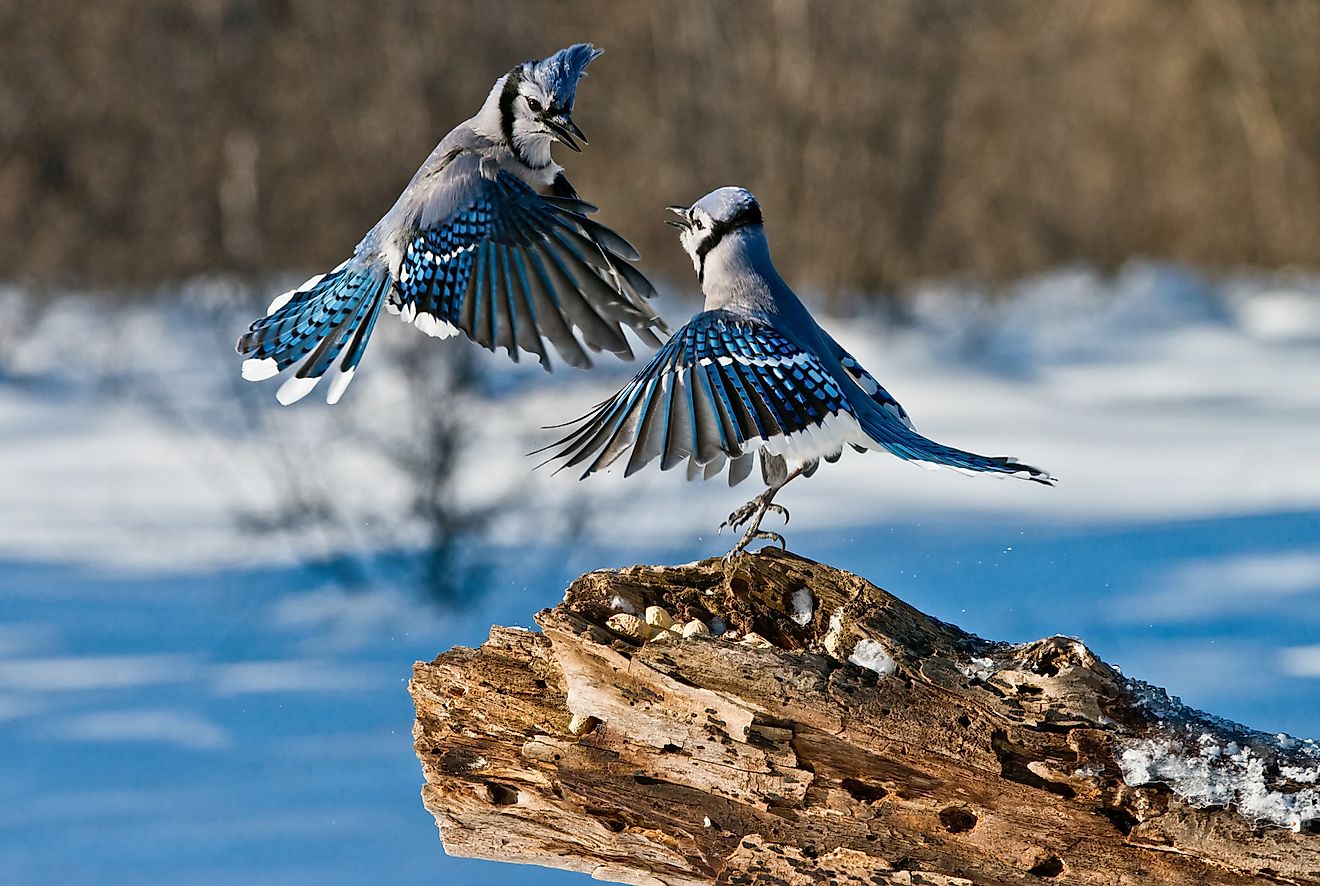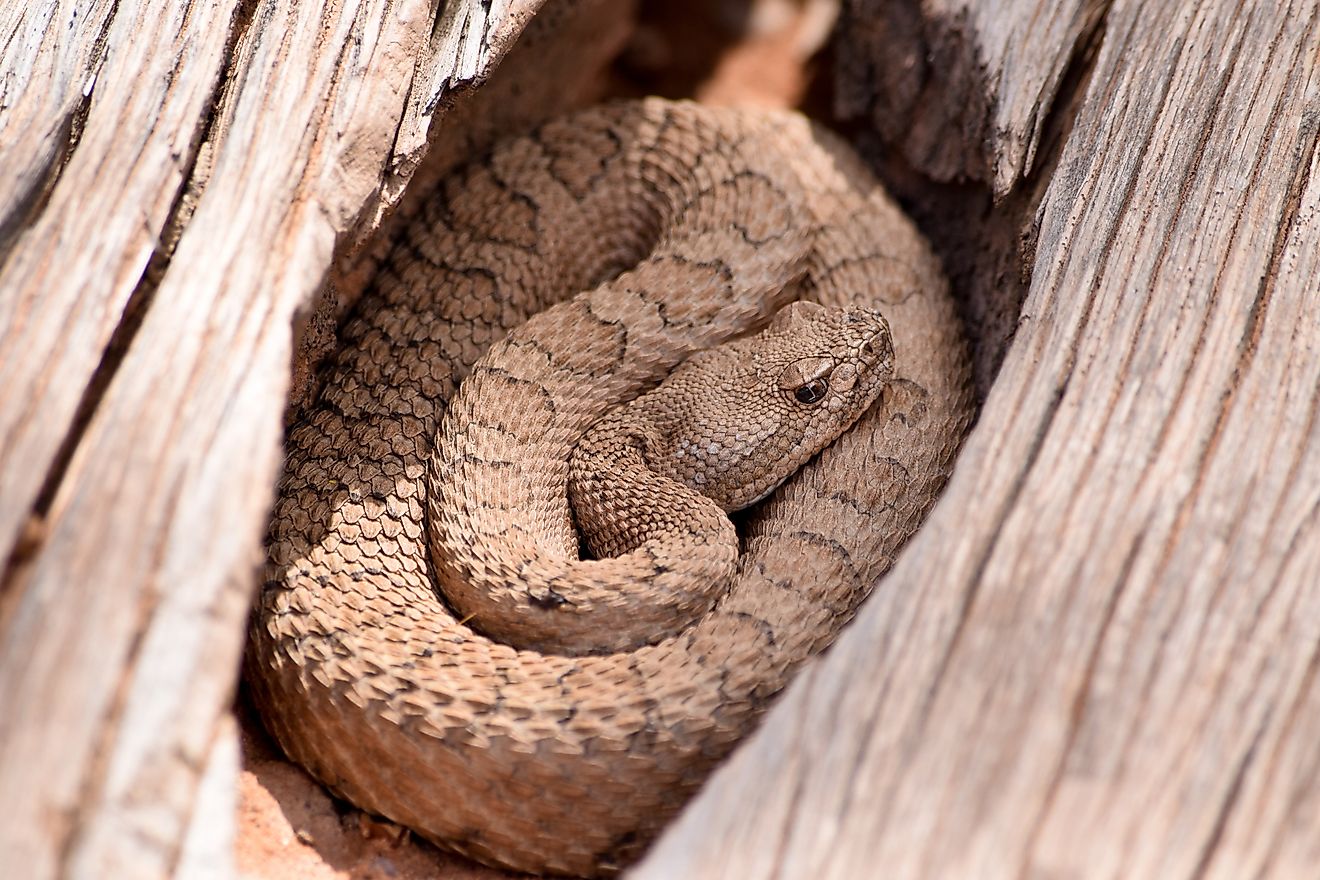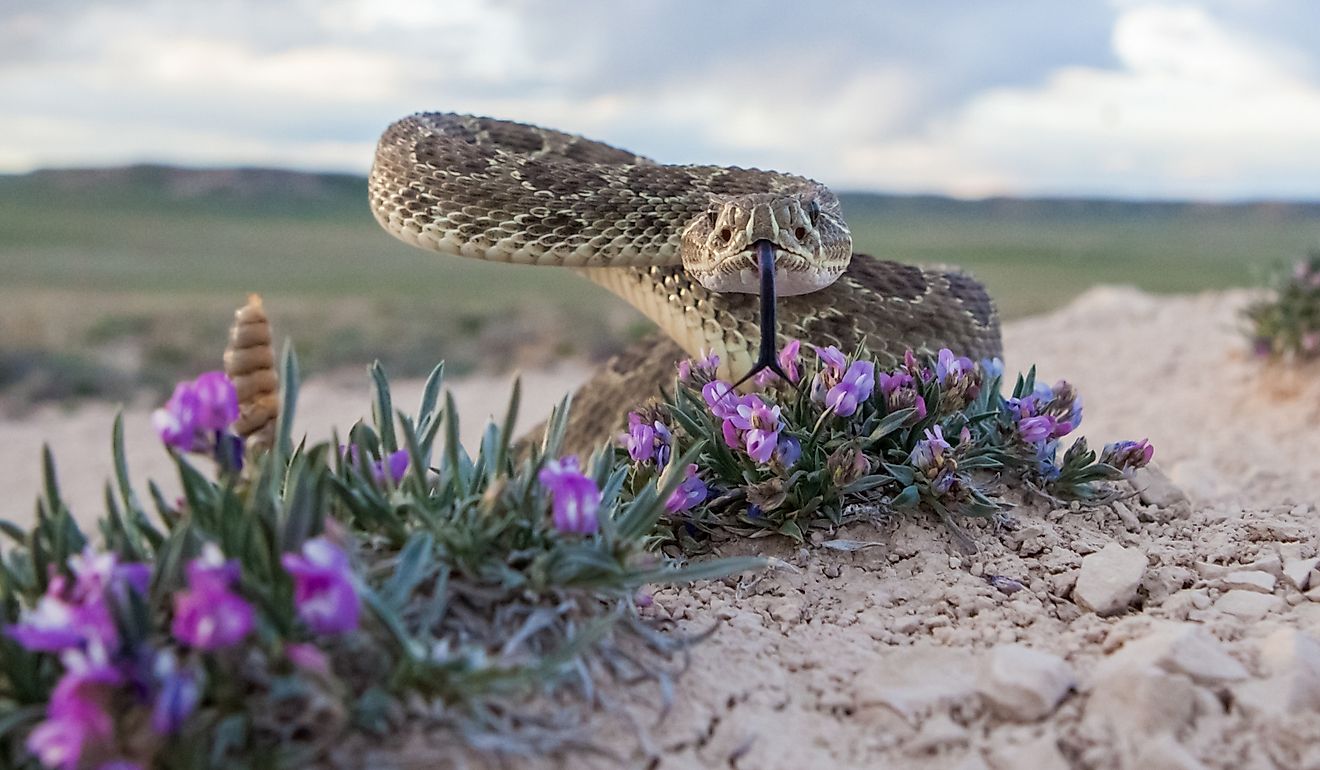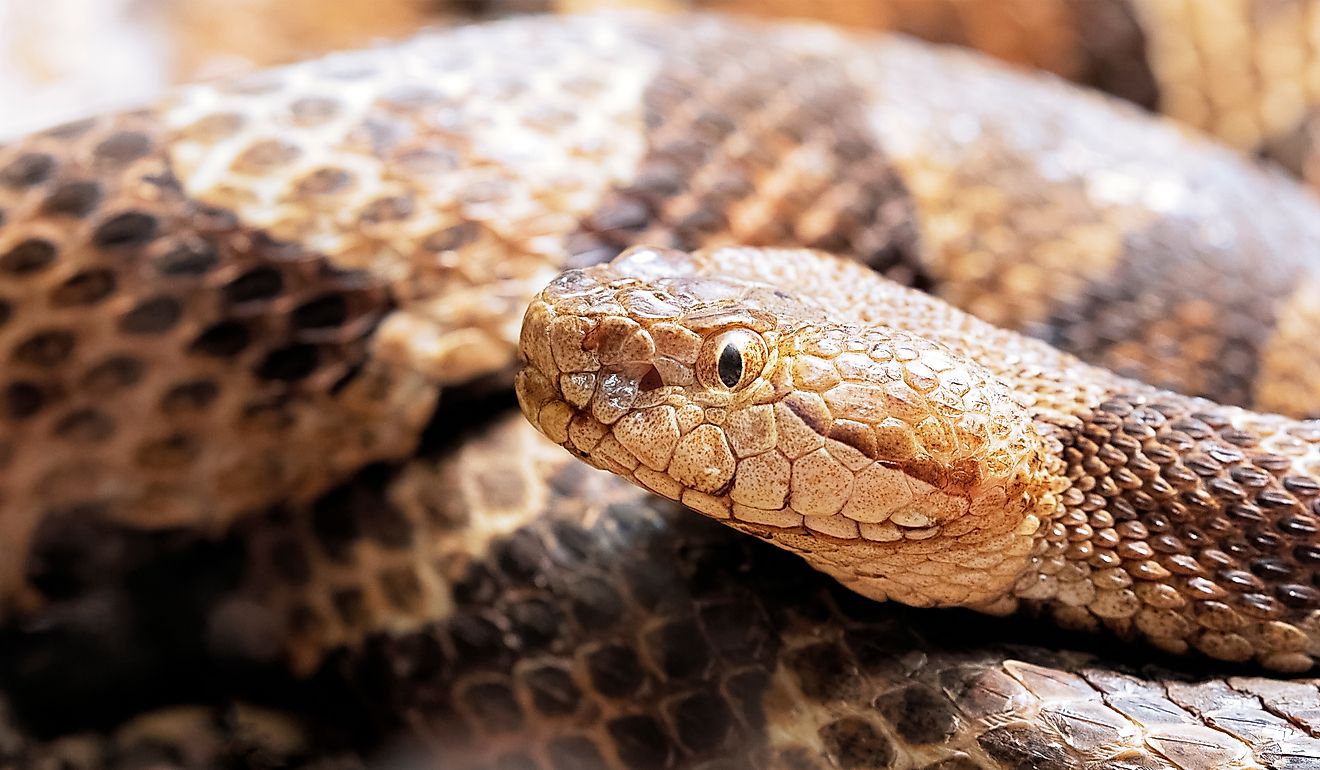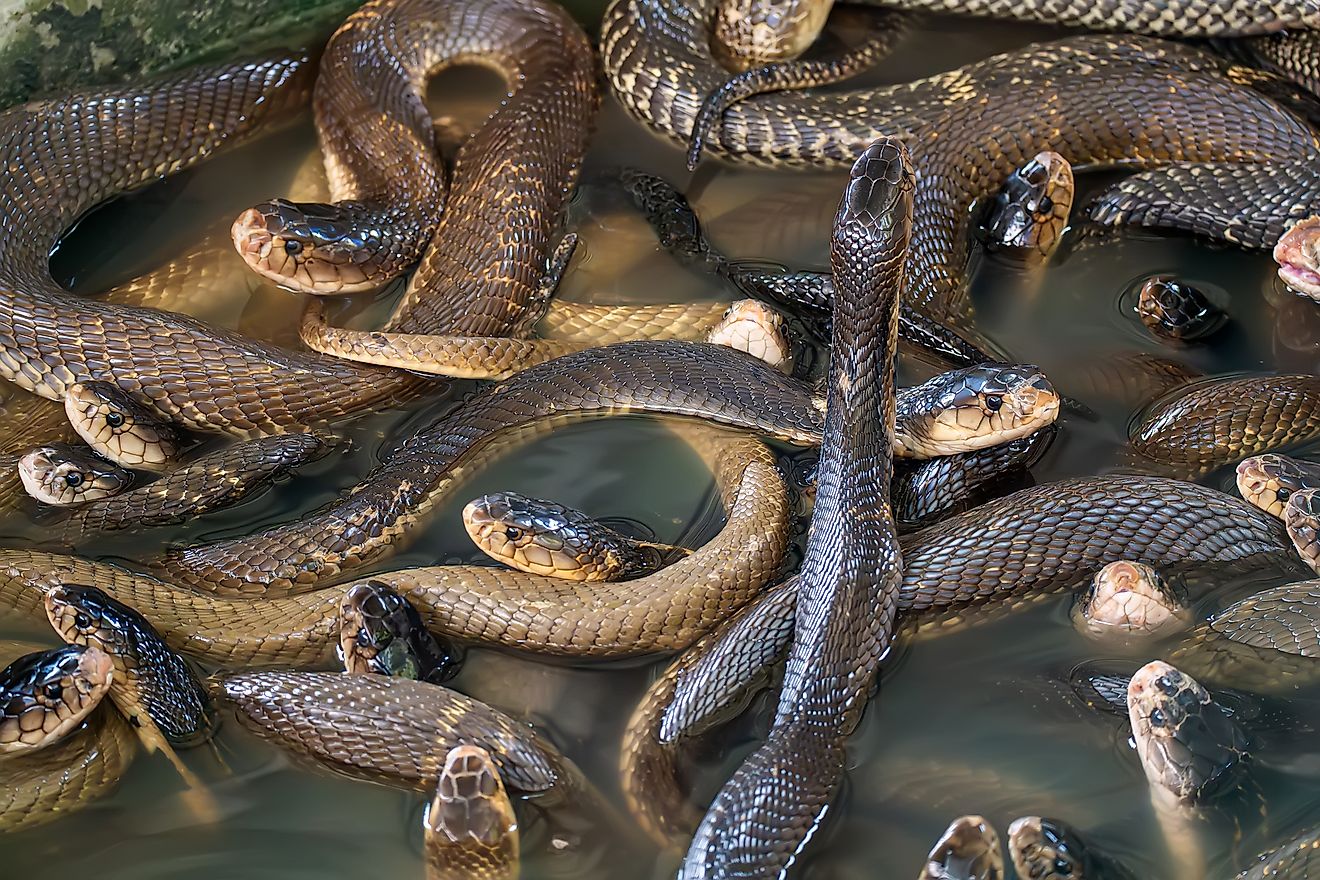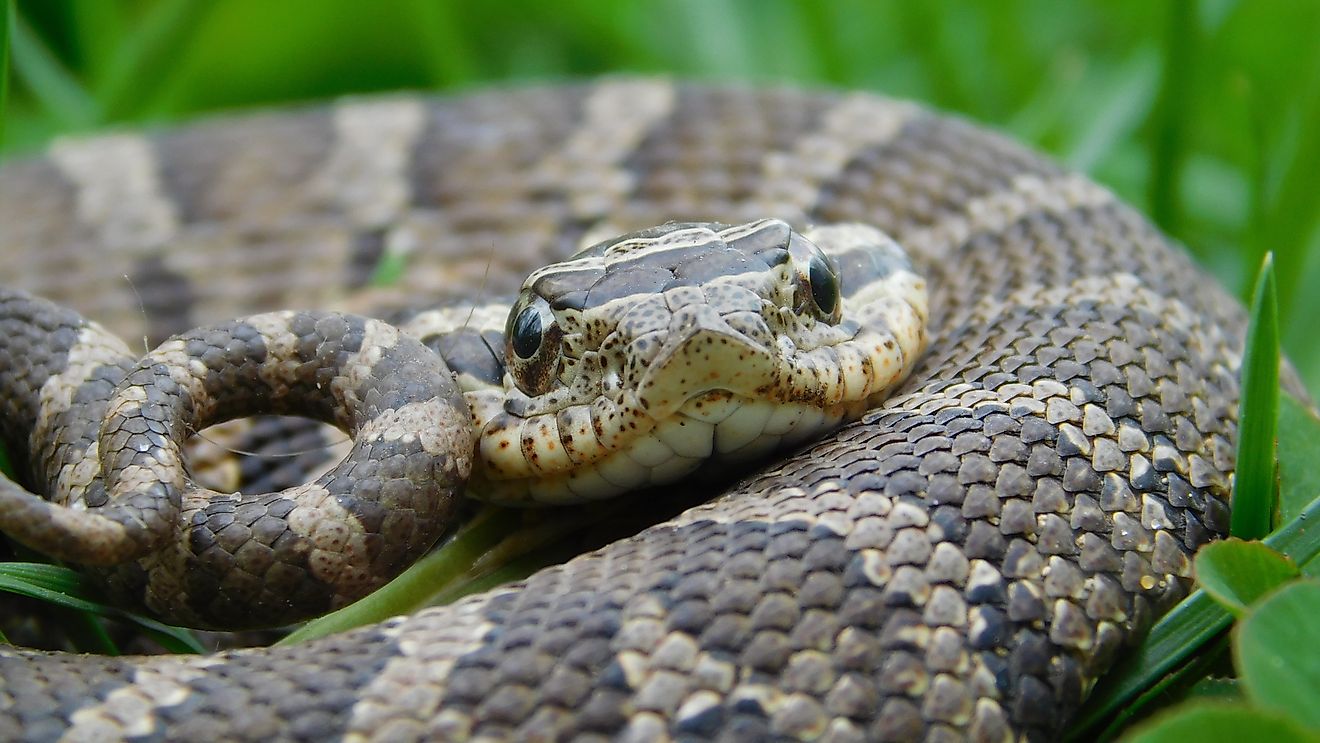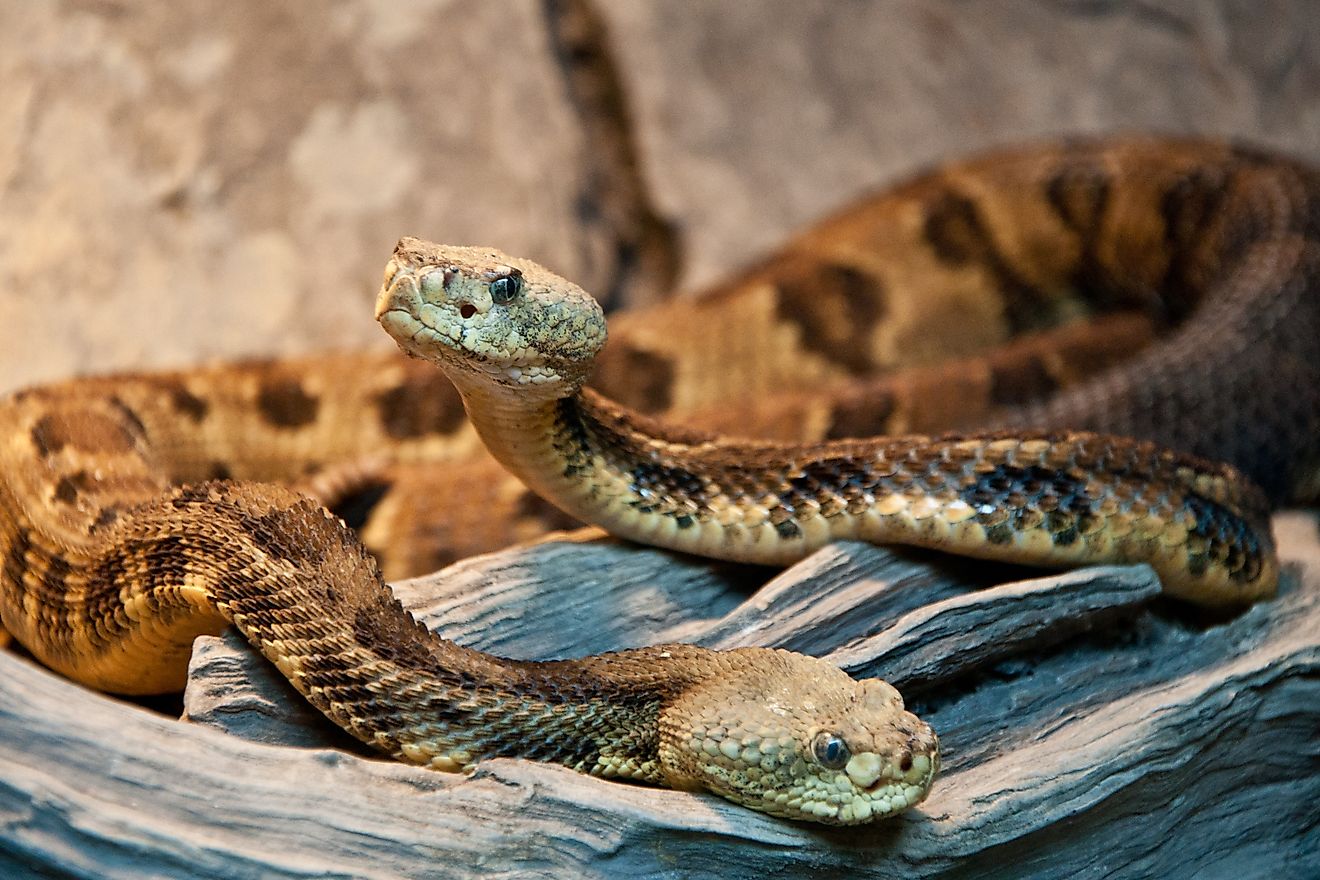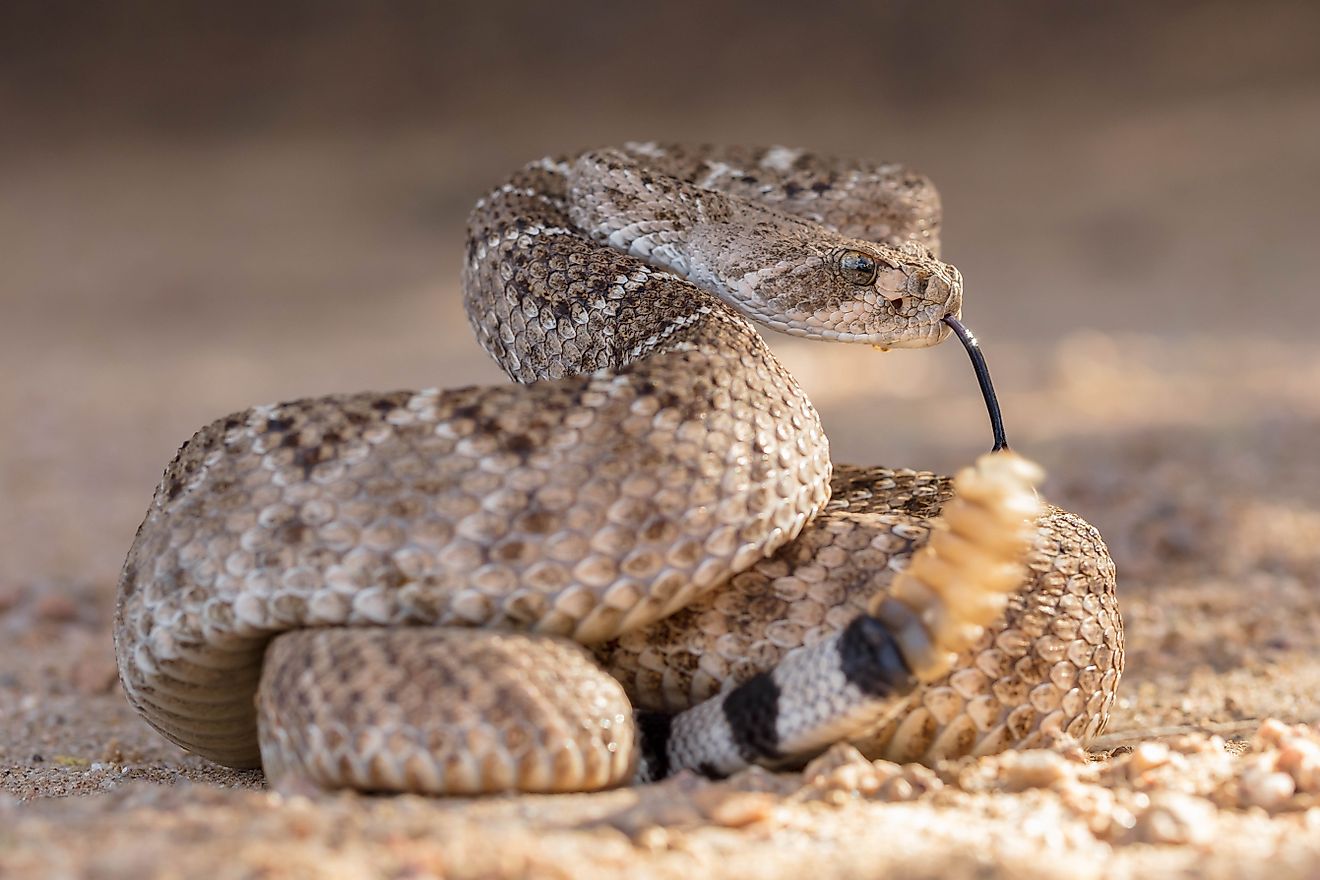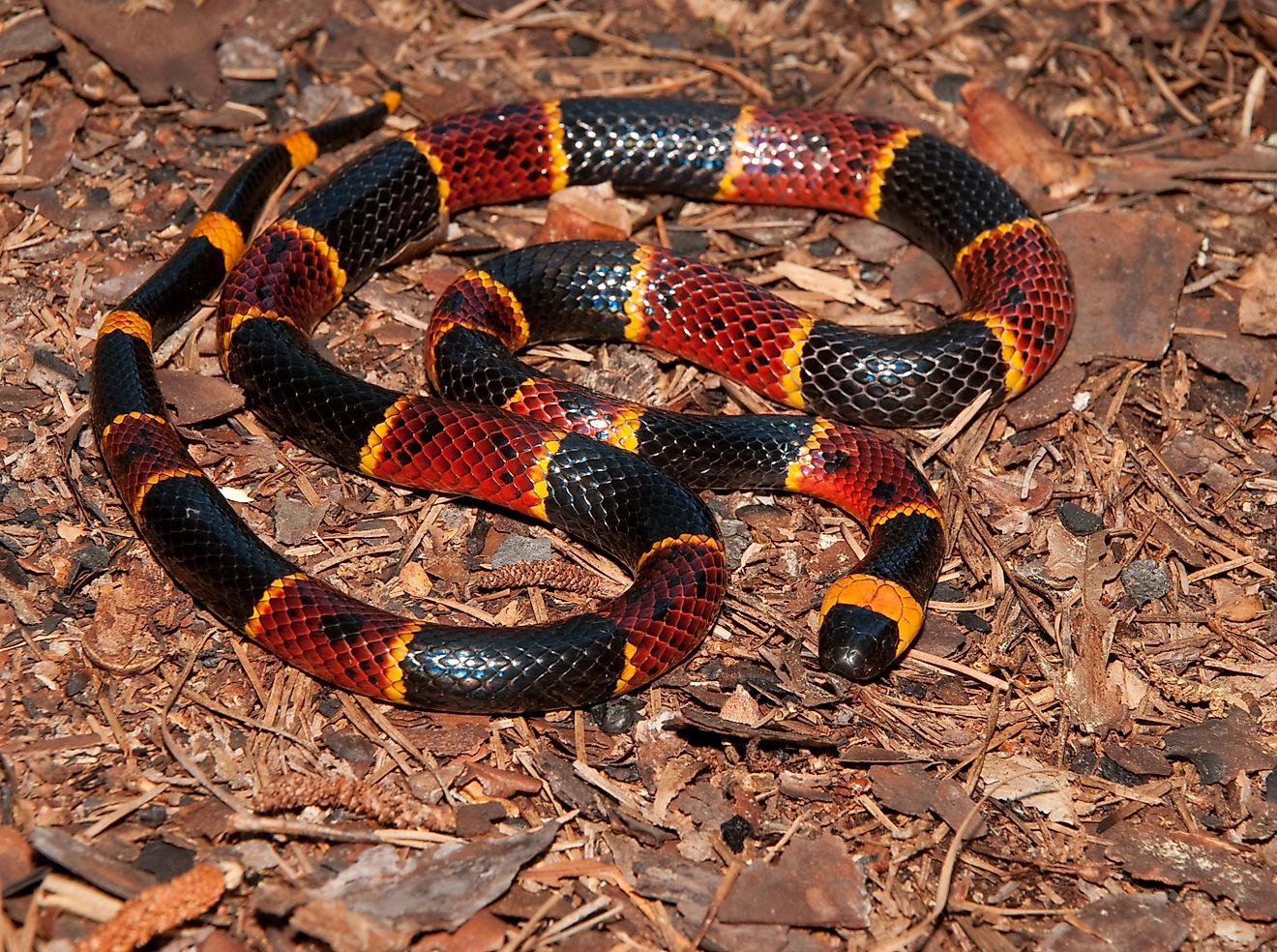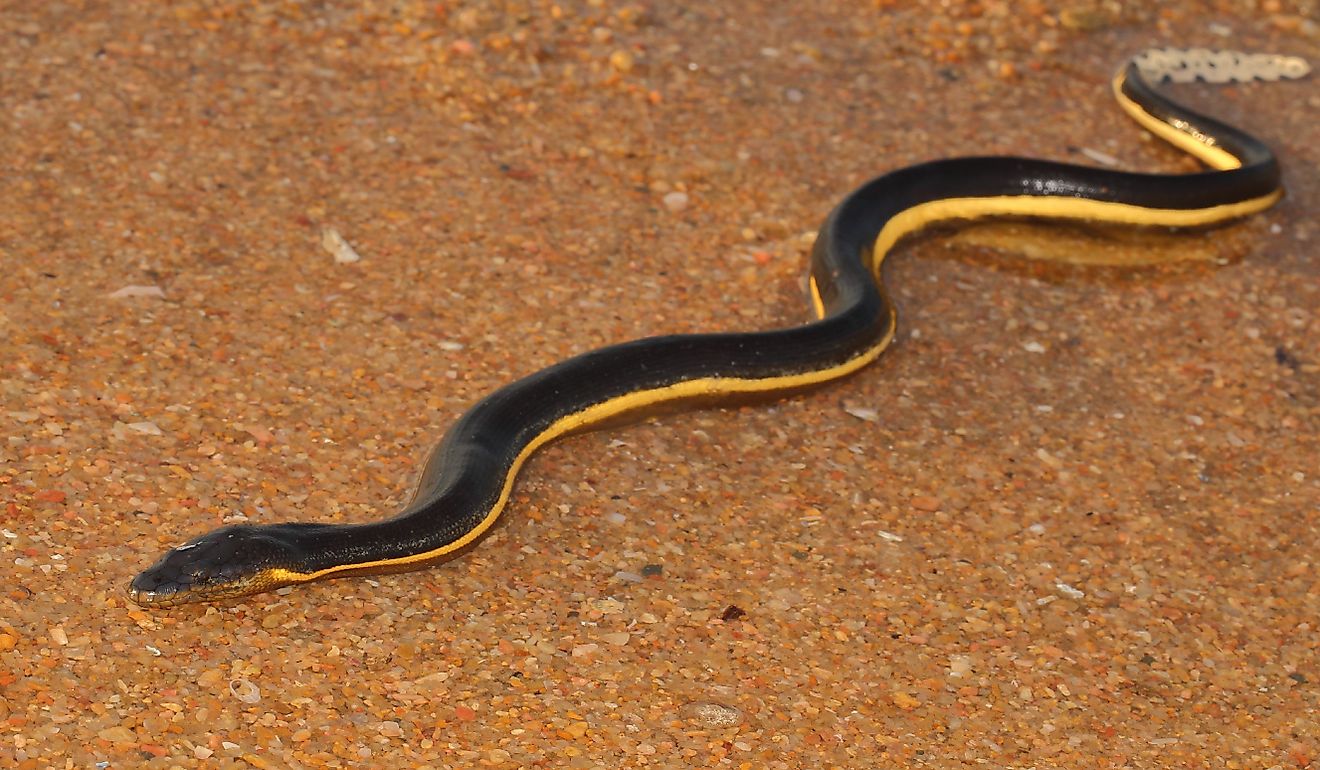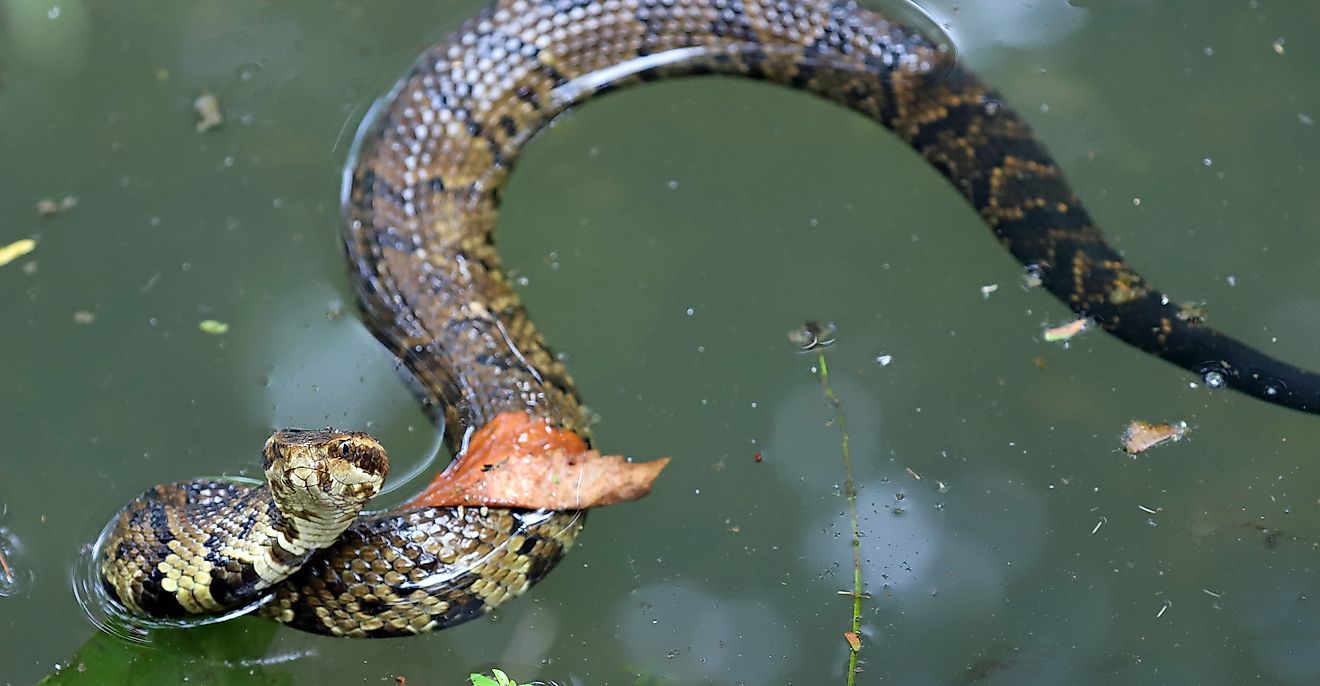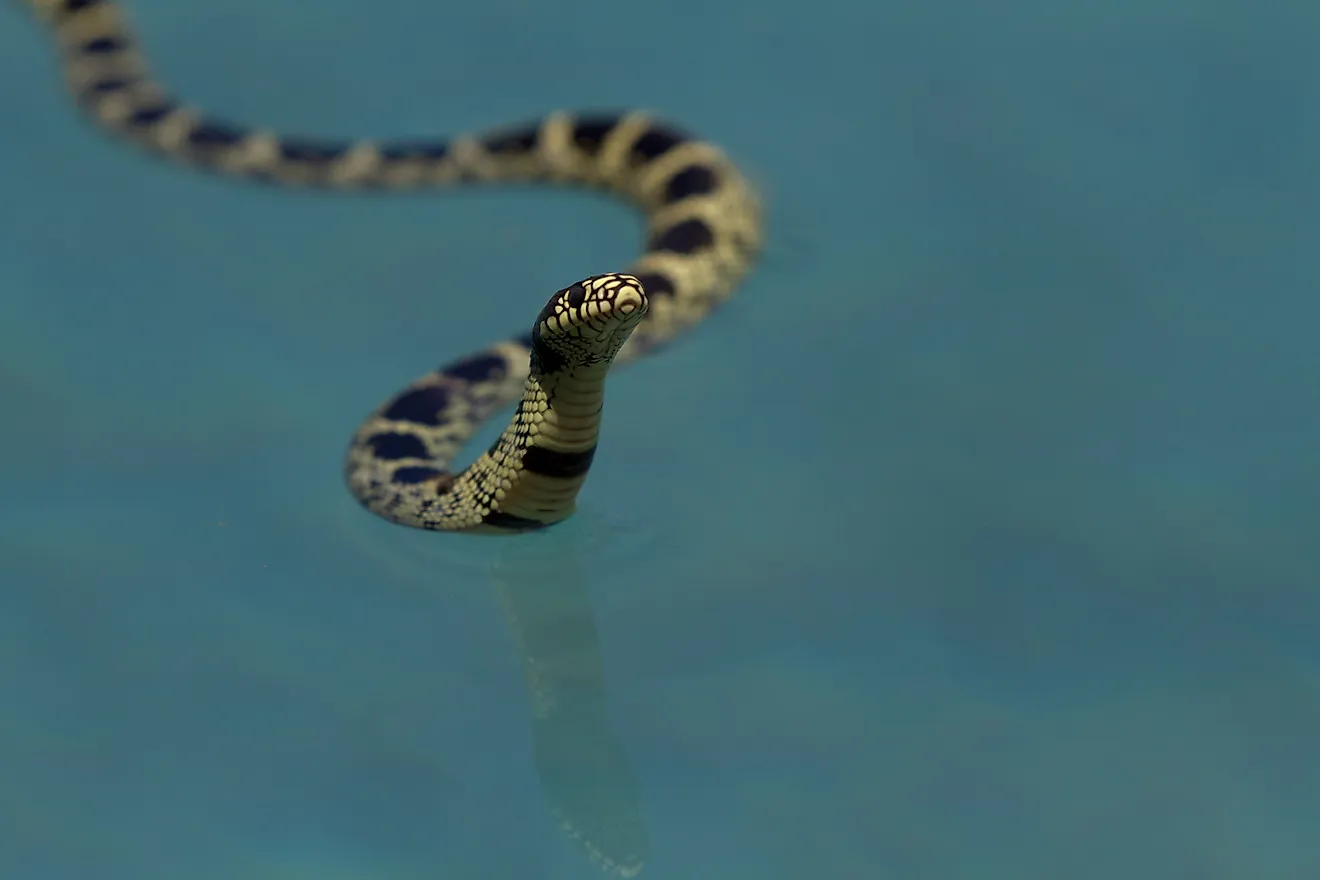
The Most Snake Infested Lakes in Maine
Maine is often considered a state with “no” native snakes, as it lacks any species originally from the region. Nonetheless, while Maine may not have native snake species that originated in its environment, over the years, a number of snake species have entered the state, either naturally or as a result of human introduction, species movement from nearby regions, or both. These introductions or migrations frequently take place for several reasons, including protecting endangered species or increasing biodiversity.
Maine is home to a variety of non-venomous snake species, including eastern ribbons, western ribbons, eastern garters, and common garters, all of which play a crucial role in supporting the local ecology despite the absence of venomous snakes in the state. These snake species can often be found around six prominent lakes in Maine, where abundant food sources, such as amphibians, small fish, and insects, make these bodies of water ideal habitats for them to thrive.
Androscoggin Lake
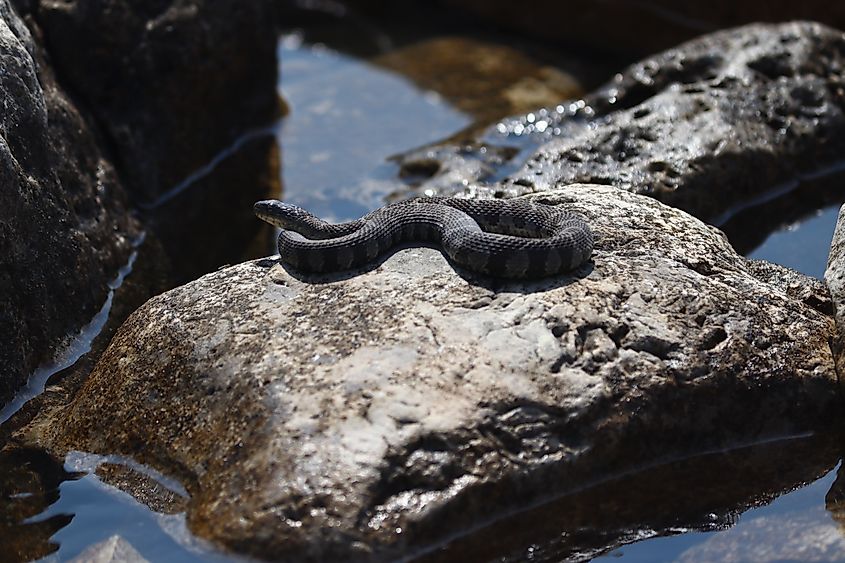
With its blend of wetlands and open water, Androscoggin Lake provides ideal habitats for a variety of snake species commonly found in Maine. The lake's diverse environment, which includes marshy areas, shorelines, and deep waters, aligns perfectly with the preferred habitats of several snake species, including the Northern Water Snake. Lakes like Androscoggin are perfect for this species because they can usually be found anywhere there is water.
The Northern Water Snake is particularly abundant throughout the eastern half of the United States, with a strong presence in the Northeast and Midwest. These snakes, which are common and abundant in their natural habitats, are not endangered and are plentiful in the lake. Snakes hunt amphibians, tiny fish, and other prey in the watery habitats that Androscoggin Lake provides.
Sebago Lake
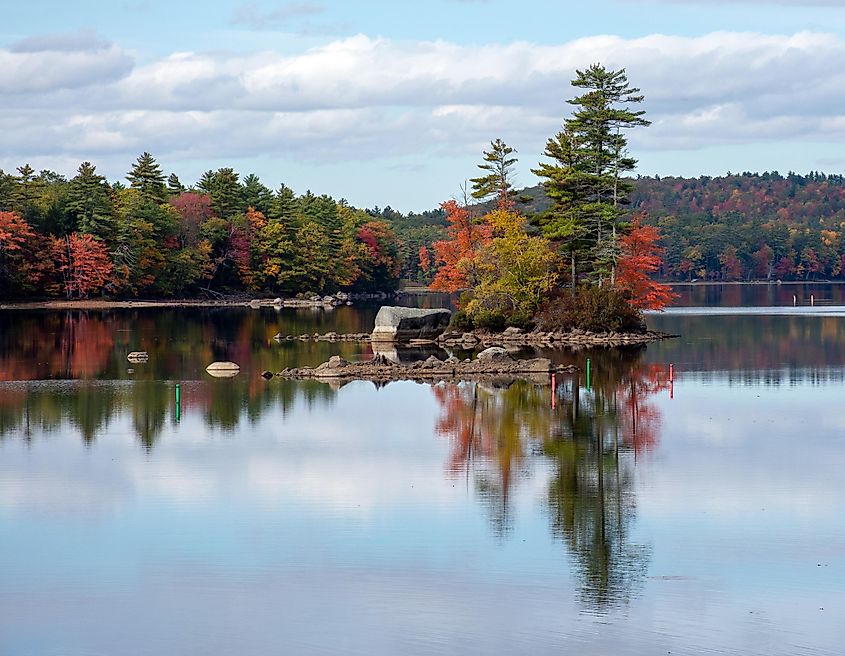
As one of Maine's largest lakes, Sebago has a myriad of habitats that could support snake populations, particularly in the marshy or vegetated areas along its shoreline. Even though there aren't many documented snake sightings, the lake's size and varied ecosystem make it a suitable habitat for these fierce reptiles. Many species of butterflies, moths, frogs, Belted Kingfishers, cicadas, Great Blue Herons, and Cedar Waxwings can be found in the lake.
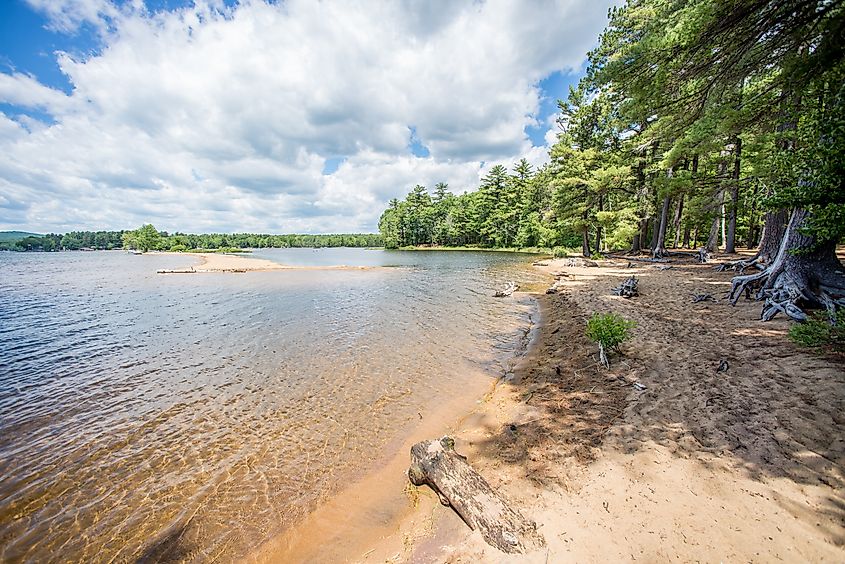
The Eastern Ribbon Snake is yet another one of the species that can be found here. Preferring wetland habitats, these semi-aquatic snakes are agile swimmers, often found near ponds, marshes, and lakes. They primarily feed on amphibians and small fish, making Sebago's rich biodiversity an ideal hunting ground for them.
West Grand Lake
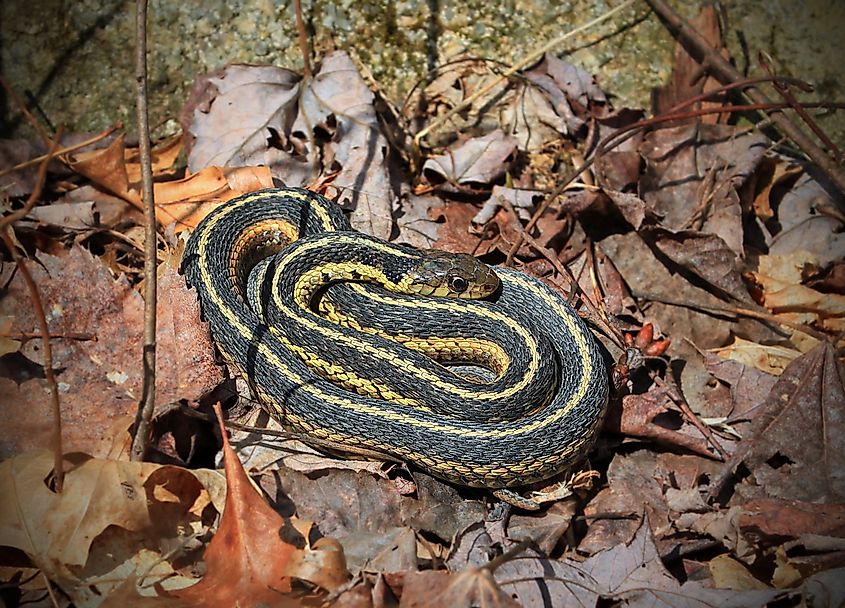
Snakes like the Common Gartersnake prefer a variety of habitats, including forested uplands, brushy fields, meadows, grasslands, old buildings, and rock outcrops, as well as wetter areas such as streams, bogs, and marshes. These semi-aquatic snakes are drawn to environments where they can bask on rocks near water and swim while hunting. West Grand Lake's varied shoreline makes these favorable circumstances possible, and supplies diverse habitats for snakes to flourish.
As cold-blooded creatures, snakes rely on the sun to regulate their body temperature, and the lakeshore likely has ample sunny rocks, logs, and other structures where they can bask to warm up. This is especially necessary during colder months or early mornings when snakes need to absorb as much heat as possible before becoming active.
Great Pond
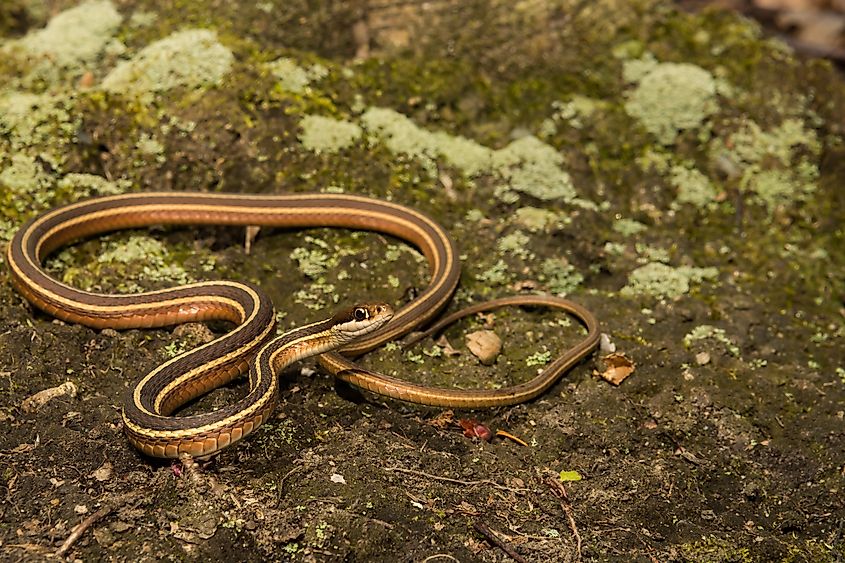
Great Pond's shallow, marshy margins give lots of cover and a wealth of options for hunting small aquatic animals. The warm, sunny days around the pond create ideal basking conditions crucial for cold-blooded reptiles like the Eastern Ribbon Snake.
Like most snakes, these snakes reportedly feed on amphibians, small fish, and invertebrates, which are plentiful prey around the pond’s edges. Ribbon snakes like areas with lots of shelter, like the long grasses, cattails, and shrubs that border Great Pond's beaches. These areas offer the perfect spots for hiding, hunting, and basking in the sun.
Union River
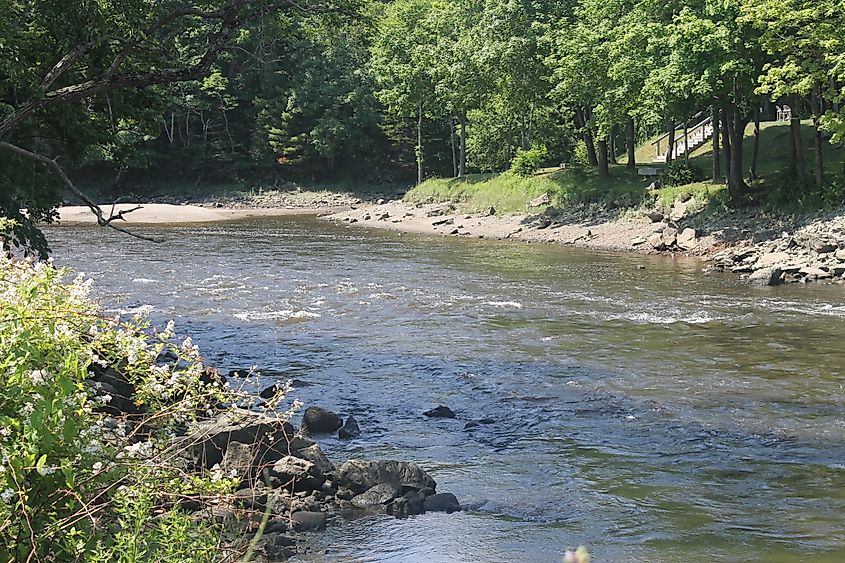
For many endangered animal species that depend on clear, flowing waters, the Union River is a crucial habitat. The Special Concern Ribbon Snake, a semi-aquatic snake that inhabits bogs, shrub swamps, wooded wetlands, wet meadows, streams, and the shores of ponds and lakes, is also present in this region. The edges of these ecosystems, where there are a lot of amphibians and thick vegetation, produce the best circumstances for these snakes to feed and hide.
Most of Maine’s ribbon snake population is concentrated in the southern and south-central regions of the state. Unfortunately, the snake’s wetland-upland ecology puts it at further risk, as insufficient regulations fail to adequately protect riparian and upland habitats surrounding smaller wetlands.
Flagstaff Lake
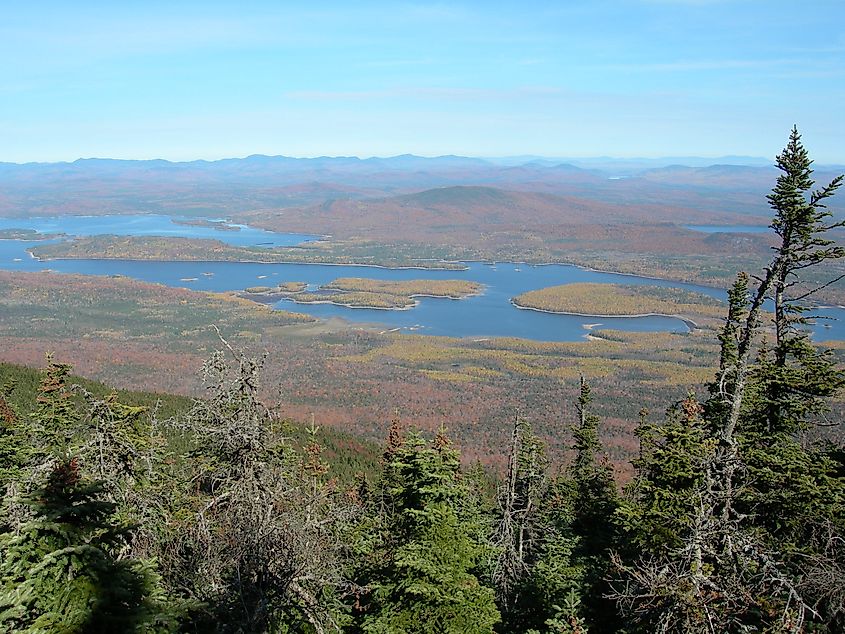
Flagstaff Lake, the fourth largest lake in Maine, is a large, shallow impoundment located north of the Bigelow Mountain range. The shoreline of Flagstaff Lake remains largely undeveloped, contributing to its natural beauty. While water quality is marginal for coldwater gamefish, with temperatures reaching critically high levels at all depths, the lake’s many tributaries provide excellent spawning and nursery habitats for salmonids.
Even if specific snake sightings in Flagstaff Lake are not always consistent, it goes without saying that there are plenty of habitats for local snake species in the surrounding areas. Evidence of garter snakes in the region, particularly near trails frequented by day hikers, highlights the presence of these reptiles. These areas, with their mix of wetland, forested, and grassy habitats, are ideal for supporting various snake species.
Prior to visiting these lakes, it is important to remember that snakes found in Maine, such as the Eastern Ribbon Snake, the Common Garter Snake, and the Northern Water Snake, are typically shy and tend to avoid human interaction. By regulating the numbers of insects, amphibians, and small rodents, these snakes contribute significantly to ecological balance by preventing overcrowding and preserving the well-being of regional ecosystems.
Even though snakes are generally scarce in the state's lakes and rivers, everyone should stay aware of their surroundings. In order to have a safe experience when visiting the state's busy lakes, it is wise that activities should be kept on marked paths and trails, wildlife should not be disturbed, and snakes and other animals should be given enough space in their homes. By paying attention to and respecting the native fauna while working to preserve it for future generations, Maine's lakes are a natural wonder that locals and tourists will undoubtedly enjoy.
